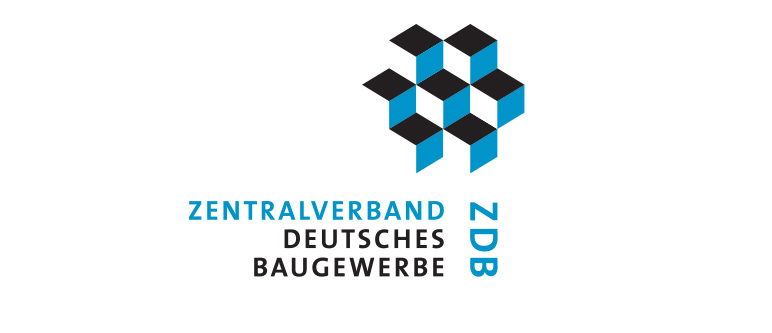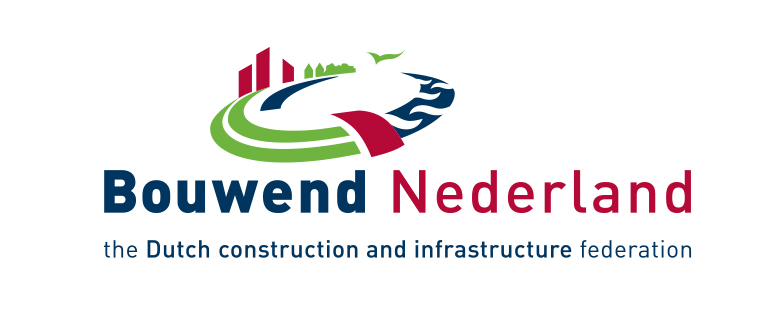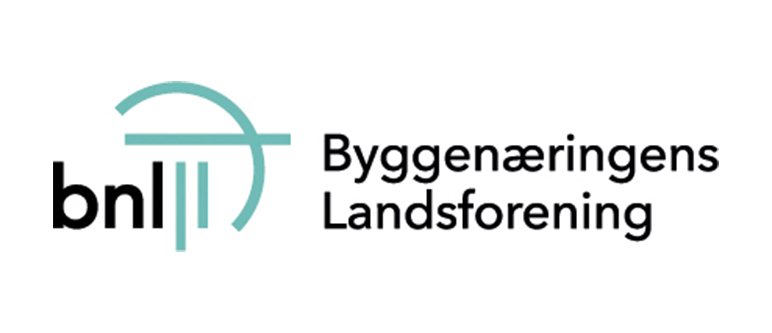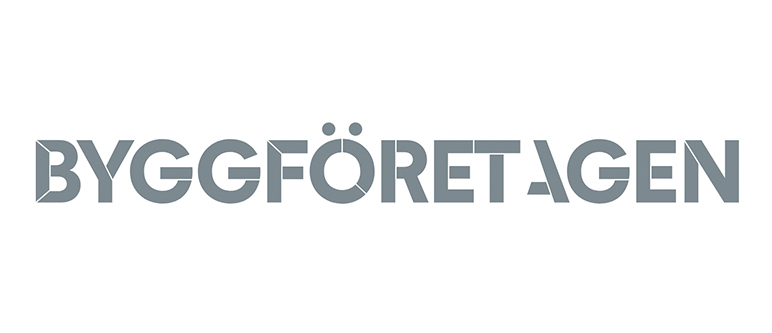Overall construction activity
The first published figures for 2019 by the Stats Office show once more a substantial growth in total construction investment in real terms of 3.8% compared to 2.5% in 2018. The new all-time high of the volume of gross-fixed capital formation construction was €373 billion. The growth was fuelled both by building construction and civil engineering works with a rate of 2.5% each. As in previous years, non-residential building (+1.3%) grew at a lower rate. The surplus in overall employment in the construction sector lagged behind with a growth of 1.4%, due to rising productivity and the lack of skilled construction workers. In 2019, new orders for the construction industry had a value of €86.5 billion (+ 9%), the highest volume since reunification in 1991. The volume of permits for new buildings (excluding civil engineering) was close to €95 billion (+ 6%).
Housebuilding
The biggest subsector (61% of total construction investment) showed a remarkable development since it reached its lowest point in 2009. Until 2019, investment in real terms grew by 36 %, the number of flats and houses new on the market doubled to about 300,000 units. The most important reasons for this development were the high number of immigrants (more than 3 million in the past 10 years), ongoing very low mortgage rates, extremely high demand for new flats in urban areas, rising disposable incomes of private households and the search for investments with higher yields than the capital market has to offer. Between 2010 and 2019 investment into new houses doubled in real terms. Nevertheless, in 2019, the subsector stood for just one third of total investment in the residential sector. House building is still being dominated by rehabilitation and maintenance works, although the growth rate since 2010 was far less impressive, at only 15%. Political decisions concerning the housebuilding sector focus on two issues. First, to bring the number of new flats and houses to a level of 375,000 units per year. To reach this goal, the federal Government enacted several subsidies in autumn 2018. Second, the Government wants to reduce CO2 emissions from the building sector. Since the implementation of the subsidy programme in 2006, the state-owned KfW-Bank has pumped about 57 billion Euros into the market for investment into the existing housing stock (especially better insulation and modern heating systems). On the other hand, the regulations for energy saving building methods in new construction have been tightened constantly. The last legislative step in 2016 increased investment costs by nearly 10%.
GDP 2019
BILLION
POPULATION 2019
Total investment in construction in 2019
BILLION
Non-residential construction
Production in this sector is dominated by private investors and therefore closely linked to the overall economic development. German GDP had a real growth rate of 0.6 % in 2019.Both building permits for private investors (+5%) and new orders from this group (+ 12%) showed a clear upward trend in 2019. Investment from the commercial side is largely dominated by all kinds of services which represent more than 50% of the demand. Investment by the public sector amounts to only 15% of non-residential buildings. New orders for the construction industry rose by 11% in 2019.
Civil engineering
In the past three years, the sector had a very dynamic development with an aggregated growth rate of nearly 11%, much higher than in the building sector which had a growth rate of 7.7%. To some extent, this can be attributed to the federal government widening its investment into traffic infrastructure from €12.1 billion in 2016 to €14.7 billion in 2019. A large part of this investment has been given to the Deutsche Bahn AG, the German railway authority. In, 2019 the sum was €5.5 billion. For the period 2020 to 2025 about €6.6 billion were foreseen.The additional investment will be used for repair and maintenance works in the existing railway network. Other important players in infrastructure are the local communities. After several years of cuts in their budgets, they increased their investment by 13% in real terms from 2015 to 2019.
| Per cent variation of investment in real terms on previous year | |||||||
| investment Mln. € fixed prices | |||||||
| Sectors | 2019a | 2016 | 2017 | 2018 | 2019a | 2020b | |
| 1. | Building | 279,710 | 3.8 | 0.4 | 2.5 | 3.6 | NA |
| 1.1. Housebuilding | 198,310 | 5.0 | 0.6 | 3.0 | 4.0 | NA | |
| 1.1.1. New | 69,430 | 7.3 | 1.5 | 5.4 | 4.3 | NA | |
| 1.1.2. R&M | 128,880 | 3.8 | 0.1 | 1.7 | 3.8 | NA | |
| 1.2. Non residential (c) | 81,400 | 1.3 | -0.1 | 1.3 | 2.8 | NA | |
| 1.2.1. Private | 67,770 | 1.1 | 0.0 | 1.4 | 2.4 | NA | |
| 1.2.2. Public | 13,630 | 2.4 | -1.0 | 1.1 | 4.7 | NA | |
| 2. | Civil Engineering | 44,360 | 3.8 | 3.0 | 2.5 | 4.8 | NA |
| (1 + 2) | Total Construction | 324,070 | 3.8 | 0.7 | 2.5 | 3.8 | NA |
| a: estimate - b: forecast - c: incl. R&M | |||||||
| Number of building permits in residential construction | |||||||
| 2016 | 2017 | 2018 | 2019a | 2020b | |||
| single dwelling | 118,367 | 112,987 | 110,638 | 112,200 | NA | ||
| collective dwelling | 172,679 | 172,404 | 180,137 | 182,800 | NA | ||
| other types of dwelling | 84,342 | 62,491 | 56,035 | 55,000 | NA | ||
| Total | 375,388 | 347,882 | 346,810 | 350,000 | NA | ||
| (Collective dwellings and other types of buildings: in number of flats) | |||||||



































